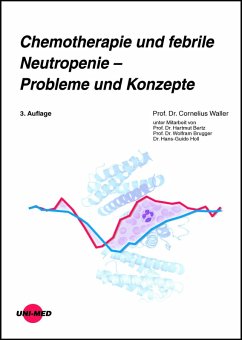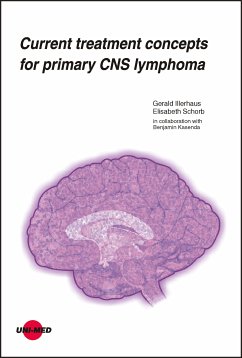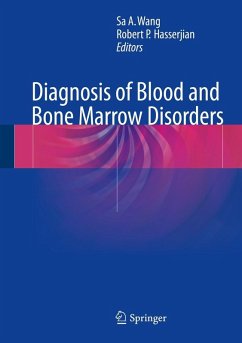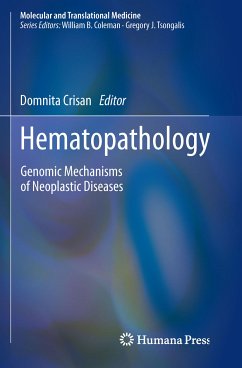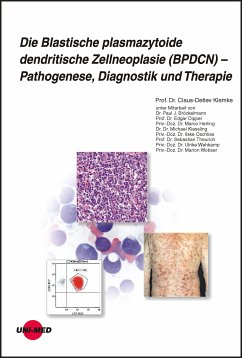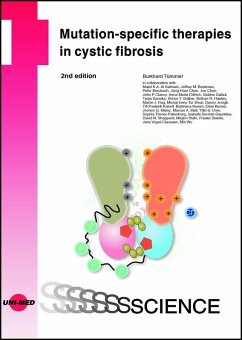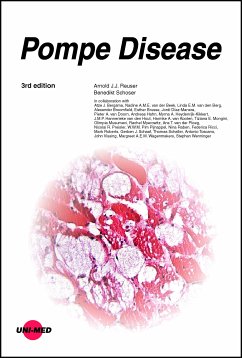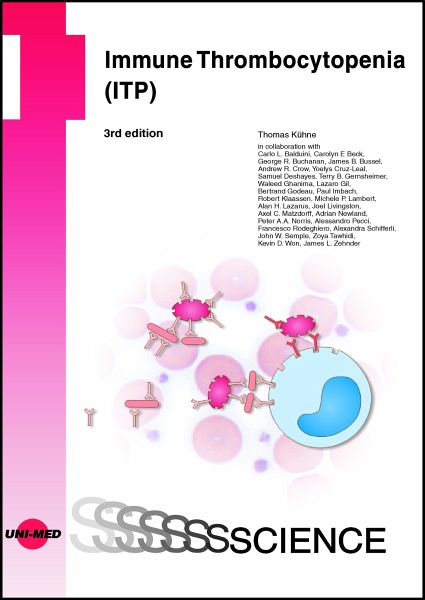
Immune Thrombocytopenia (ITP) (eBook, PDF)
Versandkostenfrei!
Sofort per Download lieferbar
44,80 €
inkl. MwSt.
Weitere Ausgaben:

PAYBACK Punkte
0 °P sammeln!
The material of ITP became more and more complex and substantial in recent years. The current edition was updated in a difficult time reflected by the COVID-19 pandemic with many obstacles and adversities. Therefore all authors worked hard on this edition and contributed to the successful completion of this book. It would be a desirable conclusion if this new edition would contribute to optimal ITP patient care and management.
Dieser Download kann aus rechtlichen Gründen nur mit Rechnungsadresse in A, B, BG, CY, CZ, D, DK, EW, E, FIN, F, GR, HR, H, IRL, I, LT, L, LR, M, NL, PL, P, R, S, SLO, SK ausgeliefert werden.




